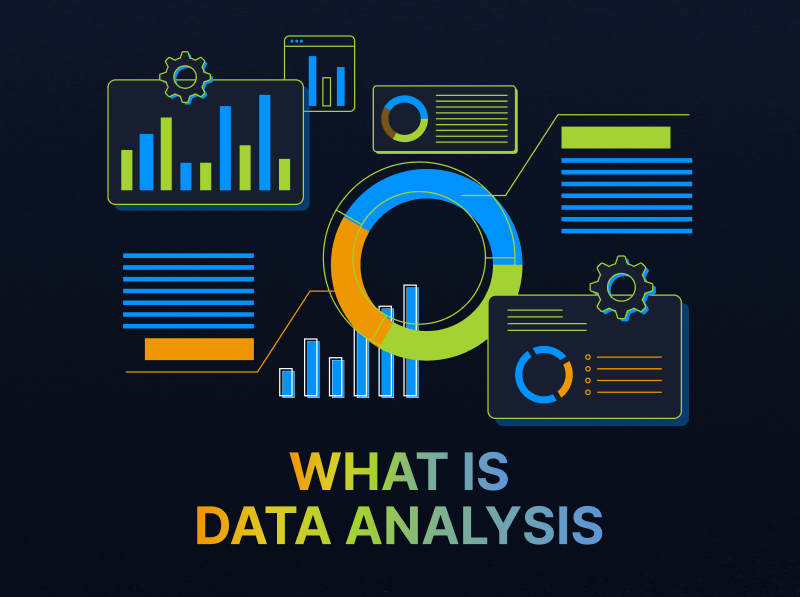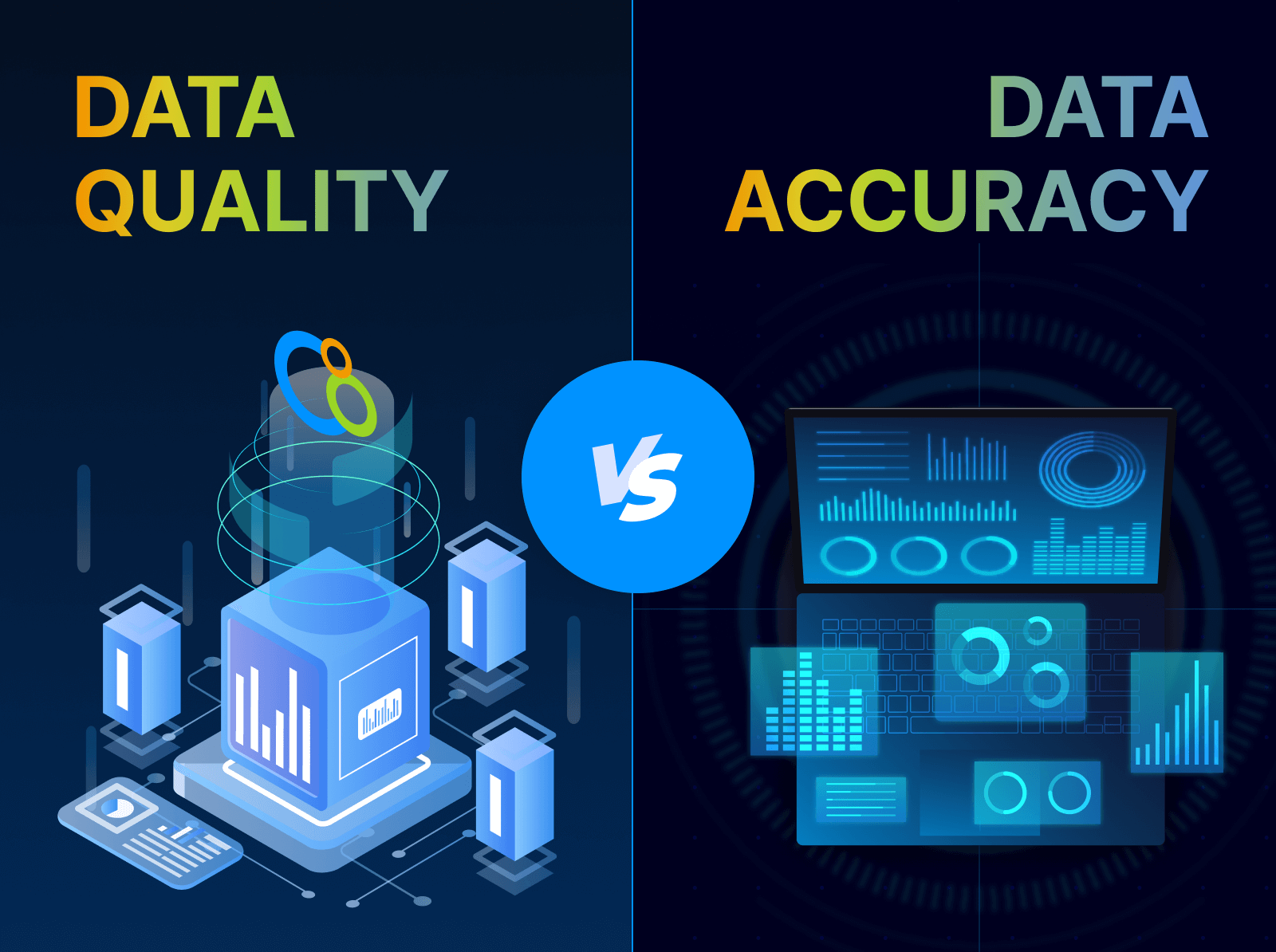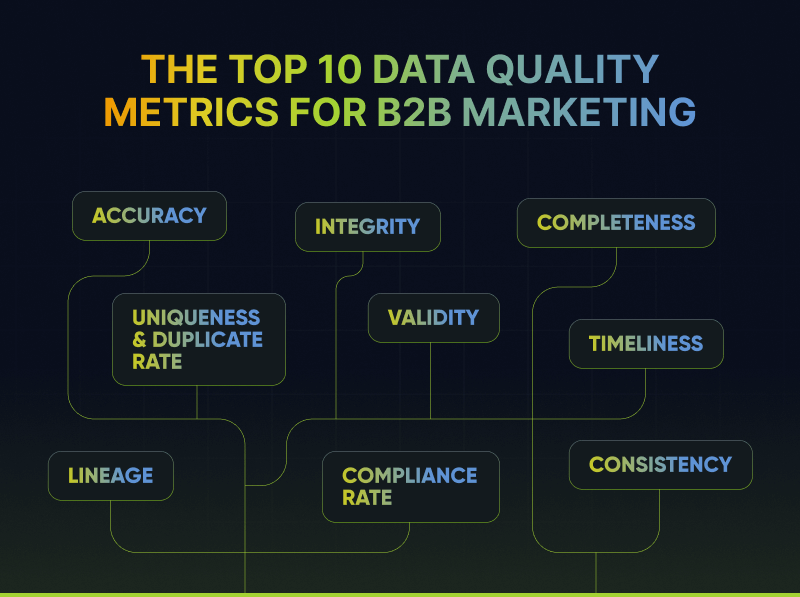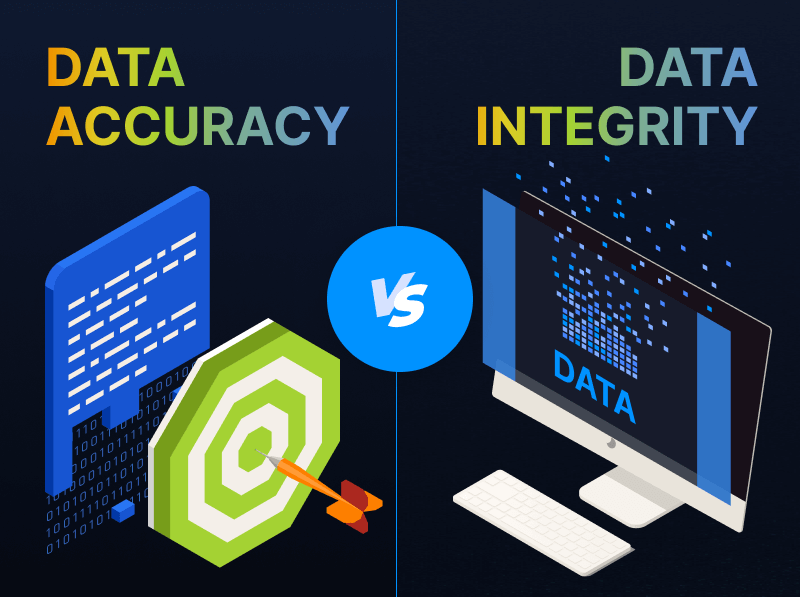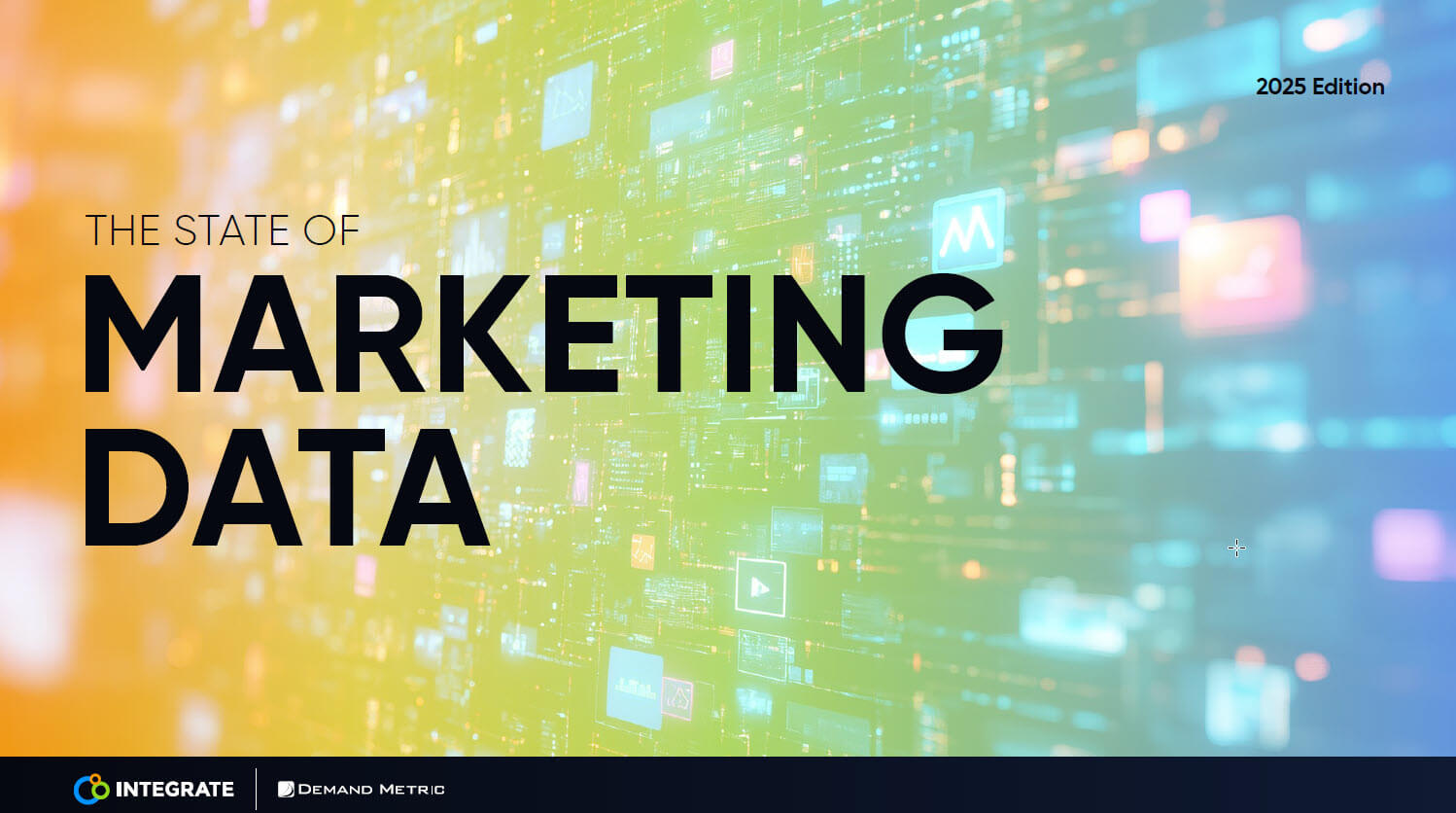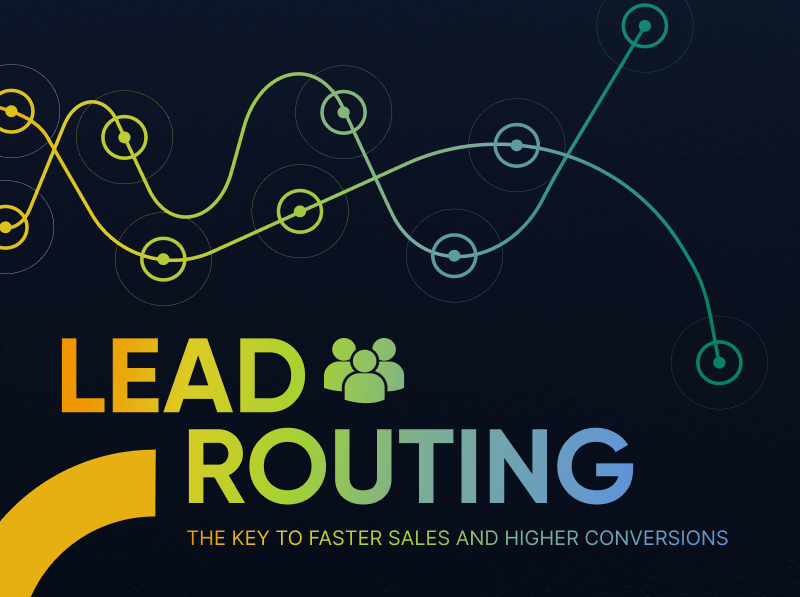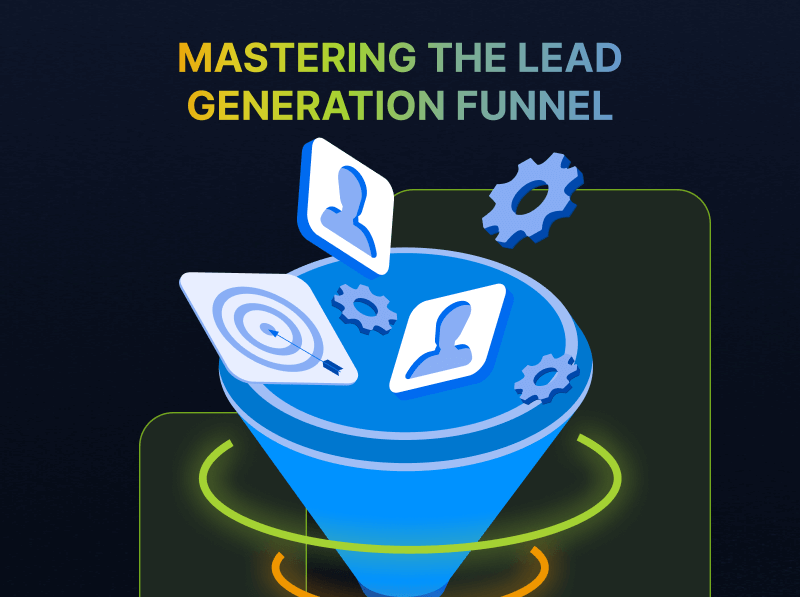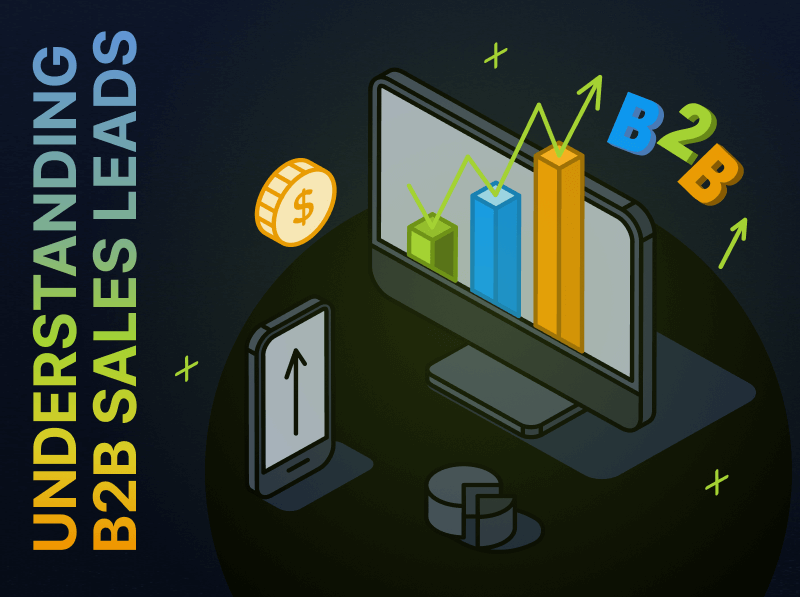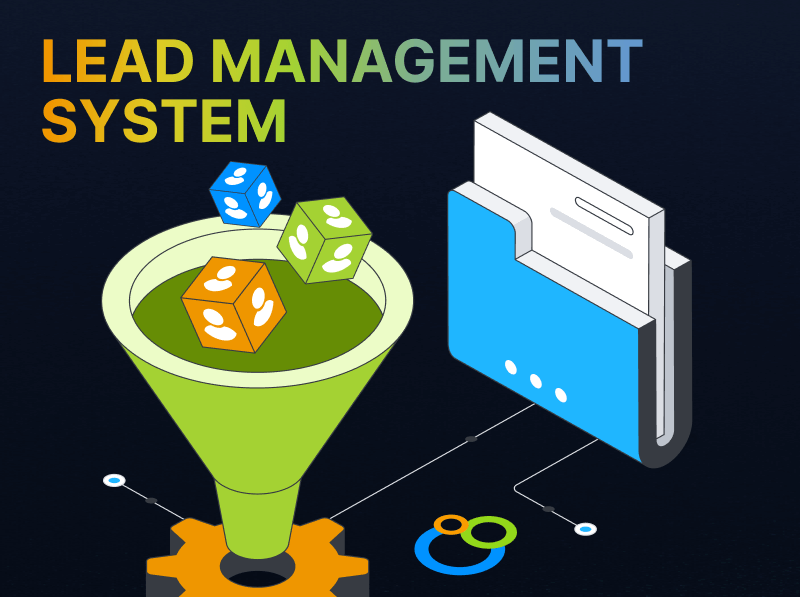Leveraging Data Analysis for Strategic Marketing: A Comprehensive Guide
Everyone’s “Data-Driven,” But What is Data Analysis?
Data analysis is the structured approach to inspecting, cleansing, transforming, and modeling data to discover useful information, draw meaningful conclusions, and support decision-making. Today, every marketer aims to be “data-driven,” a term frequently used to describe a decision-making process guided strictly by data rather than intuition alone. But what does “data-driven” even mean? It means systematically collecting, interpreting, and acting on data insights to maximize marketing effectiveness and efficiency. Effective data analysis serves as the foundation of genuinely data-driven marketing strategies. Marketing operations professionals play a key role in bringing these pieces together to leverage data for strategic decisions. Today there are more data sources and types of analytics available than ever before, enhancing the possibilities and complexities in marketing.
The Opportunity Grows: What is Big Data?
Big data encompasses extremely large and complex datasets originating from numerous channels, which traditional data processing methods struggle to handle effectively. Recent advancements in cloud computing, machine learning, artificial intelligence (AI), and sophisticated data storage solutions have significantly boosted marketers’ capability to handle these large datasets.
With data production, harvesting, and storage capabilities all compounding, the estimates for data growth are massive. Pixelpixel has pulled some stunning statistics: “The worldwide market for big data analytics is expected to expand significantly, with its valuation increasing from $307.52 billion in 2023 to $745.15 billion by 2030.”

Typical marketing big data sources include customer relationship management (CRM) systems, social media platforms, website analytics, digital advertising campaigns, email marketing platforms, and third-party data providers. Harnessing these diverse data sources allows marketers to capture a comprehensive view of their audiences and markets, presenting substantial opportunities for enhanced personalization, accurate targeting, and strategic decision-making.
Data Analysis + Big Data = Big Data Analysis
Big data analytics involves systematically collecting, cleaning, processing, and analyzing vast amounts of data—ranging from millions to billions of data points—to identify patterns, trends, and correlations. Such extensive analysis allows marketers to gain nuanced insights that drive strategic, data-informed marketing actions.
A Little Description of the Big Data Analytics Process
Big data analytics operates through a comprehensive, step-by-step process:
- Data Collection and Integration: Aggregate and integrate relevant data from diverse marketing channels and platforms into a unified database to provide a complete view.
- Data Cleaning: Identify and systematically eliminate inaccuracies, duplicates, and inconsistencies from datasets to enhance data reliability and precision.
- Data Standardization and Enrichment: Normalize datasets for uniformity, and enrich data with external sources to add context and depth, facilitating more insightful analyses.
- Data Analysis: Perform detailed interpretation of enriched datasets to extract meaningful insights through techniques such as statistical evaluation, trend detection, and hypothesis testing. This differs from Data Mining, which specifically focuses on discovering hidden patterns and relationships within datasets.
- Visualization and Communication: Effectively communicate analytical findings through intuitive dashboards and comprehensive reports, making insights actionable for strategic marketing decisions.
Categories and Opportunities with Big Data Analytics
Big data analytics enables marketers to perform several types of analyses:
- Descriptive Analytics: Summarizes historical data to clarify past events, laying a foundational understanding of marketing performance.
- Diagnostic Analytics: Examines data to determine why specific marketing events occurred, highlighting the reasons behind past outcomes.
- Predictive Analytics: Employs historical data and statistical modeling to forecast customer behaviors and anticipate market trends.
- Prescriptive Analytics: Provides recommendations based on data insights, guiding marketers toward optimal decisions and outcomes.
Each category of analytics unlocks unique opportunities, helping marketers better understand consumer behavior, refine targeting strategies, predict market trends, and optimize overall campaign effectiveness.
Benefits of Big Data Analytics in Marketing
Big data analytics provides marketers with deeper insights into customer behavior, enabling precise audience segmentation, personalized campaigns, and optimized messaging. Detailed segmentation increases the relevance of marketing efforts, enhancing engagement and conversion rates. Additionally, analytics help uncover operational inefficiencies, allowing marketers to streamline workflows, optimize resource allocation, and reduce unnecessary costs. Real-time and predictive analytics enable marketers to anticipate consumer trends, swiftly adapt to market changes, and strategically position their campaigns ahead of competitors.
How AI is Advancing Big Data Analytics for Marketers
Artificial intelligence significantly enhances big data analytics within the marketing domain by automating complex data tasks that previously required extensive manual effort. However, the maxim “garbage in, garbage out” still applies. EY outlines four things that data needs to be ready for AI:
- The data is reliable.
- It’s accessible and scalable.
- It’s visible with the proper context and consistency.
- It’s trusted and secure.
AI tools improve data processing speeds, enabling marketers to analyze real-time campaign data swiftly and adjust strategies instantly. AI also supports predictive analytics, prescriptive recommendations, and interpretation of unstructured data such as social media content, driving more informed and agile marketing strategies. Before this magic can occur, get your data right.
Big Data Analytics Use Cases for Marketing
Big data analytics can supercharge your marketing strategies with comprehensive, action-oriented benefits:
- Improve ABM Strategies and Target Account Identification and Engagement: Utilize integrated intent data alongside firmographic and behavioral insights to precisely pinpoint accounts actively demonstrating buying signals. This empowers marketers to prioritize accounts based on actual readiness and proactively tailor outreach strategies, significantly increasing engagement effectiveness and accelerating conversion rates.
- Strategically Optimize Content Syndication: Monitor and analyze syndicated content performance to refine placements, enhance partner relationships, and boost lead quality and ROI.
- Ensure Privacy Compliance in Lead Generation: Employ real-time analytics to consistently maintain regulatory compliance (e.g., GDPR, CCPA), safeguarding your brand and strengthening customer trust.
- Maximize ROI from Display Advertising: Use big data analytics to assess audience interactions and ad performance in real time. Optimize creative messaging, refine targeting, and allocate budgets effectively to maximize engagement and conversions while minimizing wasted ad spend.
- Boost Lead Management Efficiency and Effectiveness: Utilize in-depth analytics to streamline lead nurturing processes, effectively prioritize leads, and increase conversion rates through better insights into lead behaviors and funnel performance.
Steps for Marketing Teams to Implement Big Data Analytics
Marketing operations teams should follow these essential steps to effectively leverage big data analytics:
- Define Clear Objectives: Identify specific marketing outcomes you aim to achieve using big data analytics.
- Establish Data Governance: Develop standards and protocols for data collection, storage, and privacy compliance.
- Invest in Technology and Tools: Choose analytics platforms and tools capable of handling large datasets and offering AI-driven capabilities.
- Promote Data Literacy: Train marketing teams to interpret and leverage analytical insights effectively in their day-to-day decision-making.
- Continuous Optimization: Regularly review analytics outcomes to refine strategies, adjust tactics, and maintain alignment with marketing objectives.
By following these structured steps, marketing teams can transform their data into actionable insights, ultimately driving improved campaign performance, operational efficiency, and compliance management.
Conclusion
As marketing continues to evolve, leveraging big data analytics has become essential for staying competitive. The ability to collect, process, and act on data insights enables marketers to drive more targeted campaigns, optimize customer engagement, and improve ROI. By integrating AI, automation, and advanced analytics into their marketing operations, businesses can stay agile and responsive in an ever-changing landscape. Success lies in continuously refining data strategies, fostering a culture of data literacy, and investing in the right technology to maximize the impact of data-driven marketing efforts. You got this!
